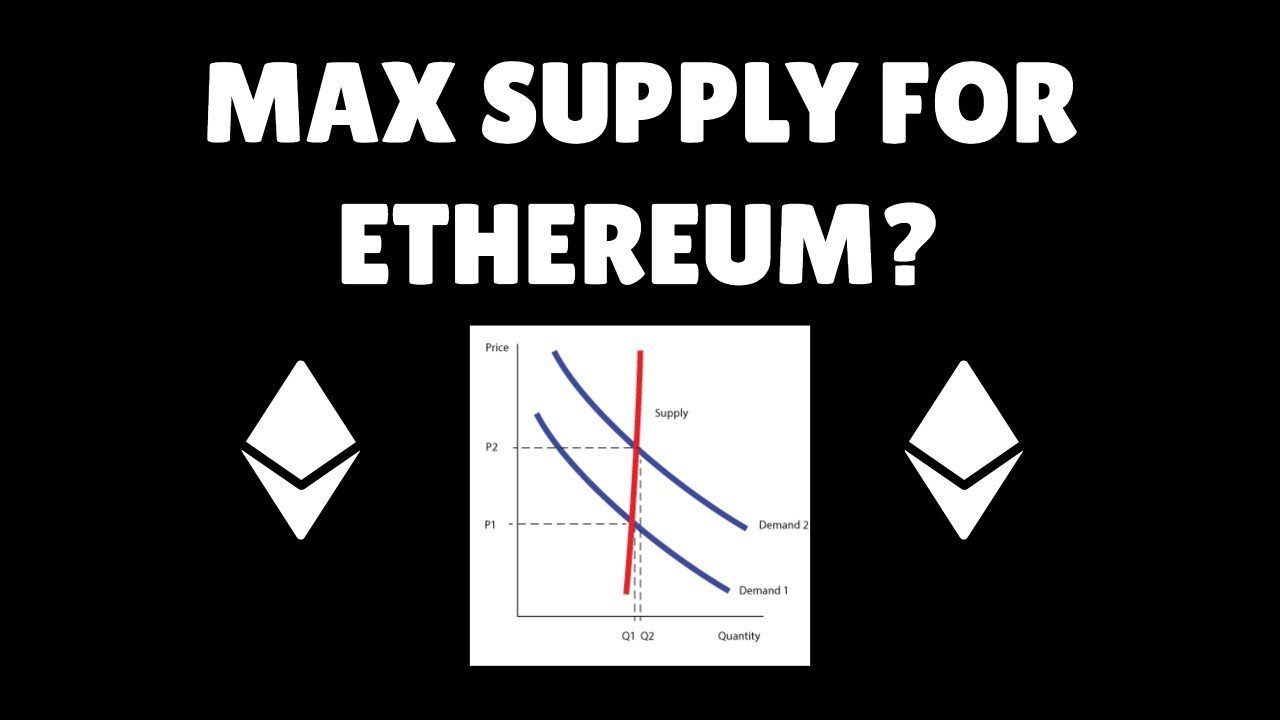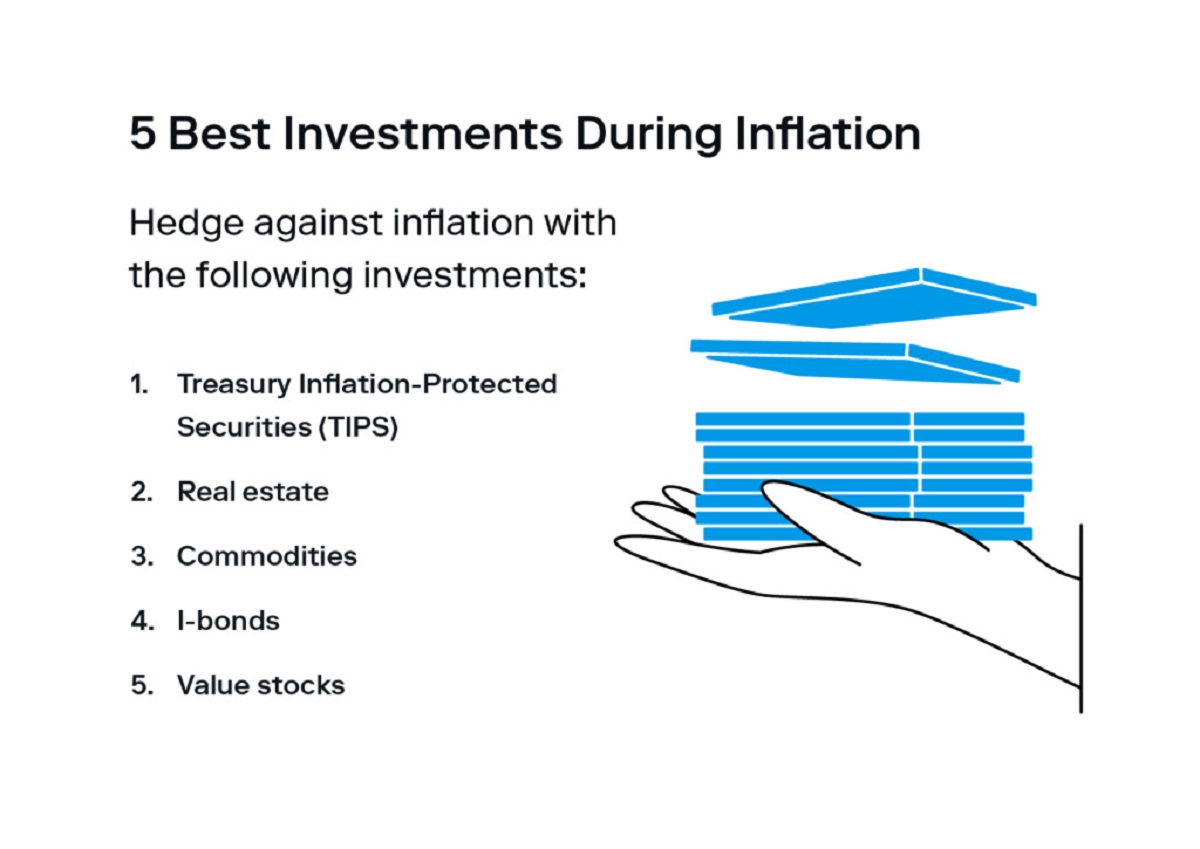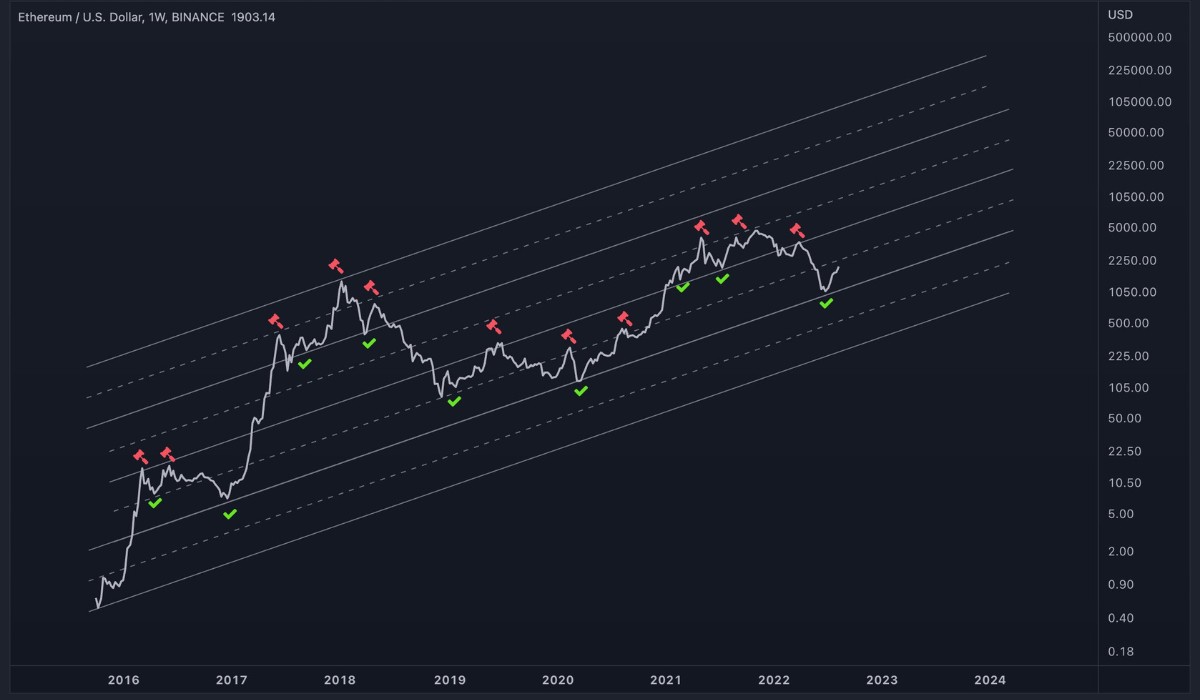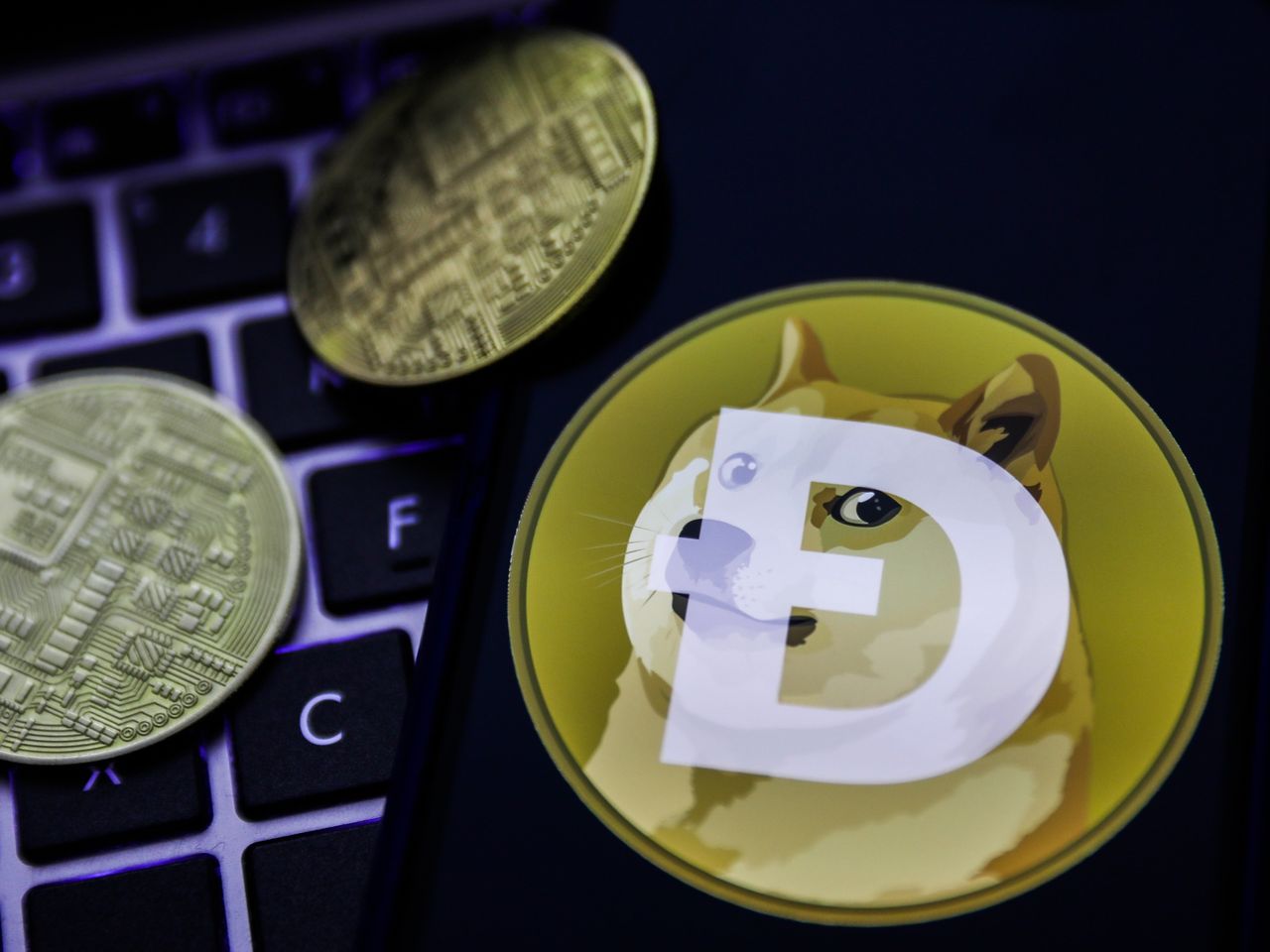Introduction
Cryptocurrency has become a popular topic of discussion in recent years. It has garnered attention for its decentralized nature, potential for financial independence, and ability to provide an alternative to traditional fiat currencies. One important factor that has the potential to impact the value and adoption of cryptocurrencies is inflation.
Inflation, a key economic concept, refers to the increase in the price of goods and services over time. It erodes the purchasing power of a currency, as each unit becomes worth less. This phenomenon is commonly observed in traditional fiat currencies, such as the US dollar or the euro. However, the effect of inflation on cryptocurrencies is a topic of debate and exploration.
This article aims to examine the relationship between inflation and cryptocurrencies. We will delve into the potential impact of inflation on the value of cryptocurrencies, the purchasing power of digital assets, and the role inflation plays in driving cryptocurrency adoption. Furthermore, we will explore the advantages of decentralized cryptocurrencies in protecting against inflationary pressures in the traditional financial system.
By understanding the relationship between inflation and cryptocurrencies, we can gain insights into the unique characteristics of digital assets and their potential as a hedge against inflation. Let’s explore the fascinating world of cryptocurrency and its interaction with inflationary forces.
What is inflation?
Inflation is a term used to describe the sustained increase in the general price level of goods and services in an economy over a period of time. It is typically measured by the Consumer Price Index (CPI) and is expressed as a percentage. When inflation occurs, the purchasing power of a currency decreases, as the same amount of money can buy fewer goods or services.
There are various causes of inflation, including increased consumer demand, cost-push factors such as rising wages or raw material prices, and monetary factors such as excessive money supply. Inflation affects economies in both positive and negative ways. Moderate inflation can stimulate spending and investment, but high inflation can erode savings and disrupt economic stability.
Governments and central banks implement measures to manage inflation levels and maintain price stability. These measures include monetary policy tools such as adjusting interest rates, controlling money supply, and implementing fiscal policies.
Inflation impacts individuals and businesses in various ways. Those on fixed incomes or with savings experience a decrease in purchasing power, as their money loses value over time. Businesses may face higher production costs, which they may pass on to consumers through increased prices. Wage earners often seek higher salaries to keep up with inflation, leading to a rise in labor costs.
It is important to note that not all countries experience the same rate of inflation. Factors such as government policies, economic conditions, and external influences can greatly affect inflation rates. Understanding inflation and its effects is crucial for making informed financial decisions and preserving wealth.
What is cryptocurrency?
Cryptocurrency is a digital or virtual form of currency that utilizes cryptography for secure financial transactions, control the creation of new units, and verify the transfer of assets. Unlike traditional fiat currencies, cryptocurrencies operate independently of a centralized authority, such as a government or financial institution.
The most well-known and widely adopted cryptocurrency is Bitcoin, which was created in 2009 by an anonymous person or group known as Satoshi Nakamoto. Since then, thousands of other cryptocurrencies, commonly referred to as altcoins, have been developed.
Cryptocurrencies are based on blockchain technology, a decentralized ledger that records all transactions across a network of computers. The blockchain ensures transparency, security, and immutability, as each transaction is verified by multiple participants and cannot be altered retroactively.
One key characteristic of cryptocurrencies is their limited supply. Many cryptocurrencies, including Bitcoin, have a maximum supply cap, meaning that there will only ever be a certain number of coins in existence. This scarcity, combined with the decentralized nature of cryptocurrencies, contributes to their value and potential as an alternative store of wealth.
Cryptocurrencies can be used for various purposes, including online purchases, investments, remittances, and even as a means of fundraising through Initial Coin Offerings (ICOs). They provide individuals with greater control over their finances and eliminate the need for intermediaries, such as banks or payment processors, which can incur fees and delays.
However, it’s important to note that cryptocurrencies can be highly volatile and are subject to market speculation. Their value can experience significant fluctuations in short periods, making them a potentially risky asset class. It is essential for individuals to conduct thorough research, understand the risks involved, and exercise caution when investing or using cryptocurrencies.
The relationship between inflation and traditional currencies
Inflation is a phenomenon that has a direct impact on traditional fiat currencies issued by central banks. As mentioned earlier, inflation erodes the purchasing power of a currency over time, leading to a decrease in the value of money. This means that the same amount of money can buy fewer goods and services as prices rise.
Central banks play a crucial role in managing inflation through monetary policies. They aim to maintain price stability and control inflation rates within a target range. To combat inflation, central banks may increase interest rates, reduce money supply, or implement other measures to influence economic growth and consumer spending.
When inflation rates rise, it can have several effects on traditional currencies. Firstly, it devalues the currency, reducing its purchasing power. This can lead to a loss of confidence in the currency and may drive individuals and investors to seek alternative stores of value.
Inflation also has an impact on interest rates. As inflation increases, central banks may raise interest rates to control inflation. Higher interest rates make borrowing more expensive, which can dampen consumer spending and economic growth. Conversely, during periods of low inflation, central banks may lower interest rates to stimulate economic activity.
Traditional currencies are also influenced by global economic factors and external shocks. Events such as economic recessions, geopolitical tensions, changes in trade policies, or natural disasters can affect currencies and their ability to maintain purchasing power.
Inflation is a constant challenge for traditional currencies, as central banks strive to strike a balance between promoting economic growth and maintaining price stability. The fluctuating value of traditional currencies and the potential erosion of purchasing power make them vulnerable to the effects of inflation.
How does inflation affect cryptocurrency prices?
Inflation can have a complex and varied impact on the prices of cryptocurrencies. Unlike traditional fiat currencies, the relationship between inflation and cryptocurrency prices is not straightforward, primarily due to the unique characteristics and dynamics of digital assets.
One potential effect of inflation on cryptocurrency prices is increased demand. As inflation erodes the purchasing power of traditional currencies, individuals may seek alternative stores of value to protect their wealth. Cryptocurrencies, with their decentralized nature and limited supply, can be seen as a hedge against inflation. This increased demand for cryptocurrencies can drive up their prices.
On the other hand, inflation can also have a negative impact on cryptocurrency prices. In periods of high inflation, individuals may be more concerned with preserving the value of their existing assets, including cryptocurrencies. They may opt to sell their digital assets to convert them into more stable fiat currencies. This increased selling pressure can lead to a decline in cryptocurrency prices.
The market sentiment and investor behavior during times of inflation can significantly influence cryptocurrency prices. If investors perceive cryptocurrencies as a safe haven or a hedge against inflation, more capital may flow into the crypto market, increasing prices. Conversely, if investors lose confidence in the stability of digital assets during inflationary periods, it can lead to a downward pressure on prices.
It’s important to note that various other factors, such as market volatility, regulatory developments, technological advancements, and investor sentiment, also play a significant role in determining cryptocurrency prices. These factors can sometimes overshadow the impact of inflation on cryptocurrency prices or interact in complex ways.
Furthermore, different cryptocurrencies can react differently to inflationary pressures. Cryptocurrencies with established track records, large market capitalization, and widespread adoption, such as Bitcoin, may be more likely to benefit from increased demand during inflationary periods. Smaller or newer cryptocurrencies may be more susceptible to market volatility and investor sentiment changes.
In summary, the relationship between inflation and cryptocurrency prices is influenced by various factors and can be complex. While increased demand for cryptocurrencies as a hedge against inflation may drive prices up, other factors and investor sentiment also play a significant role. Understanding market dynamics, investor behavior, and the unique characteristics of cryptocurrencies is essential for evaluating the impact of inflation on cryptocurrency prices.
The impact of inflation on the purchasing power of cryptocurrencies
Inflation has a unique impact on the purchasing power of cryptocurrencies. Unlike traditional fiat currencies, the limited supply inherent in many cryptocurrencies can potentially make them more resistant to the eroding effects of inflation.
When inflation occurs in traditional fiat currencies, the purchasing power of individuals decreases. However, cryptocurrencies, with their fixed supply and decentralized nature, can provide an alternative store of value that is not subject to the same inflationary pressures.
The limited supply of cryptocurrencies, such as Bitcoin, means that there is a predetermined maximum number of coins that will ever exist. This scarcity can create an inherent value proposition, especially during periods of inflation when the purchasing power of traditional currencies is diminishing.
Additionally, the decentralized nature of cryptocurrencies means they are not subject to the control of central banks or governments. This can provide individuals with a level of autonomy and protection against inflationary monetary policies. Cryptocurrencies operate on a secure and transparent blockchain network, ensuring that transactions cannot be manipulated or devalued by external influences.
However, it is important to note that while cryptocurrencies may provide a potential hedge against inflation, they are not immune to price fluctuations and volatility. The value of cryptocurrencies is determined by market demand and investor sentiment, and as such, their prices can experience significant fluctuations in the short term.
Furthermore, the purchasing power of cryptocurrencies can also be influenced by market liquidity. In order for cryptocurrencies to be used effectively as a medium of exchange, they need to have widespread acceptance and availability of goods and services priced in those cryptocurrencies. If the ecosystem and infrastructure for cryptocurrency usage are limited, it can impact their purchasing power in practical terms.
As the adoption of cryptocurrencies continues to grow, their impact on purchasing power and ability to serve as a hedge against inflation may become more apparent. However, it is important for individuals to understand the risks and volatility associated with cryptocurrencies and to carefully evaluate their suitability as a store of value and medium of exchange.
Inflation as a driving force for cryptocurrency adoption
Inflation has been a driving force for the adoption and interest in cryptocurrencies. The erosion of purchasing power in traditional fiat currencies has led individuals to seek alternative means to protect their wealth and preserve value. Cryptocurrencies, with their decentralized and limited supply nature, have emerged as a potential solution.
During times of inflation, individuals may become wary of central banks and governments’ ability to maintain the stability of traditional currencies. This lack of confidence in the traditional financial system has led people to explore alternative options that are not subject to the same inflationary pressures. Cryptocurrencies offer a decentralized and transparent solution, providing individuals with control over their own financial assets.
Cryptocurrencies also provide the opportunity for individuals to diversify their investment portfolios as a hedge against inflation. With the potential for price appreciation and preservation of value, cryptocurrencies have attracted investors looking for alternative assets that can withstand the effects of inflation.
Additionally, the rising popularity of cryptocurrencies as a form of international remittance has grown due to inflation concerns. Traditional remittance channels can be costly and time-consuming, and inflation can further erode the value of these transfers. Cryptocurrencies offer a potentially cheaper and more efficient way to transfer funds internationally, bypassing the need for intermediaries and reducing transaction costs.
The adoption of cryptocurrencies as a response to inflation is also driven by the increased accessibility and ease of use offered by digital assets. As technology has advanced, cryptocurrencies have become more user-friendly, allowing individuals from all walks of life to participate in this new financial ecosystem. This accessibility has made cryptocurrencies an attractive option for those seeking financial independence and protection against inflation.
Furthermore, inflation in certain countries has reached levels of hyperinflation, where traditional currencies can lose their value rapidly. In these circumstances, cryptocurrencies have become a lifeline for individuals seeking financial stability and a means to preserve their wealth. Cryptocurrencies provide an alternative medium of exchange and store of value that can be utilized even in inflation-ridden economies.
In summary, inflation has played a significant role in driving the adoption and interest in cryptocurrencies. The erosion of purchasing power in traditional fiat currencies, combined with the decentralized and limited supply nature of cryptocurrencies, has led individuals to seek alternative means to protect their wealth and diversify their investments. Furthermore, the accessibility and usability of cryptocurrencies have increased, providing individuals with financial independence and protection against the effects of inflation.
The role of decentralized cryptocurrencies in protecting against inflation
Decentralized cryptocurrencies play a crucial role in protecting against the erosion of wealth caused by inflation. Unlike traditional fiat currencies, which are subject to the control of central banks and governments, decentralized cryptocurrencies operate independently of any centralized authority. This characteristic gives them unique advantages when it comes to preserving value during periods of inflation.
One key advantage of decentralized cryptocurrencies is their limited supply. Many cryptocurrencies, such as Bitcoin, have a predetermined maximum supply, meaning that there will only ever be a certain number of coins in existence. This scarcity makes cryptocurrencies resistant to the inflationary pressures that plague traditional fiat currencies. As the demand for cryptocurrencies increases during times of inflation, their limited supply can drive up their value, acting as a hedge against inflation.
The transparency and security provided by blockchain technology also contribute to the role of decentralized cryptocurrencies in protecting against inflation. Blockchain ensures that transactions are recorded on a public ledger, and once recorded, they cannot be altered. This feature prevents inflationary practices such as money printing or tampering with transaction records, providing a level of stability and trust.
Decentralized cryptocurrencies also offer individuals greater control over their finances. With cryptocurrencies, individuals have direct ownership and control over their digital assets, eliminating the need for intermediaries such as banks. This control allows individuals to manage their wealth independently and reduces the risk of their assets being devalued or confiscated due to inflationary measures imposed by central authorities.
Another benefit of decentralized cryptocurrencies is their global accessibility. Cryptocurrencies can be accessed and used by anyone with an internet connection, bypassing the barriers and restrictions imposed by traditional financial systems. This accessibility provides individuals in countries with high inflation or oppressive financial regimes with an alternative store of value and medium of exchange that can protect their wealth.
Furthermore, the decentralized nature of cryptocurrencies makes them less susceptible to political and economic influences. Inflation often results from excessive money printing or flawed monetary policies, which can be influenced by political pressures. Decentralized cryptocurrencies, on the other hand, operate based on predetermined rules and algorithms, reducing the risk of inflationary practices driven by political agendas.
In summary, decentralized cryptocurrencies offer significant advantages in protecting against inflation. Their limited supply, transparency, security, individual control, and global accessibility make them an appealing option for individuals seeking to safeguard their wealth in the face of inflationary pressures. As cryptocurrencies continue to evolve and gain acceptance, their role in protecting against inflation is likely to increase, providing individuals with a viable alternative to traditional fiat currencies.
Examples of cryptocurrencies that have benefited from inflationary pressures
Inflationary pressures have created opportunities for certain cryptocurrencies to flourish and gain value as individuals seek alternative stores of wealth. While the cryptocurrency market as a whole can be volatile and unpredictable, several examples demonstrate how specific digital assets have benefited from inflation and the erosion of purchasing power in traditional fiat currencies.
Bitcoin, the pioneering cryptocurrency, has been a clear beneficiary of inflationary pressures. As the first decentralized digital currency, Bitcoin was created in response to the financial crisis and the erosion of trust in traditional banking systems. Its limited supply of 21 million coins and decentralized nature have made it an appealing option for individuals seeking to protect their wealth from inflation. During periods of inflation, the value of Bitcoin has tended to rise, fueled by increased demand for a scarce and independent store of value.
Ethereum, the world’s second-largest cryptocurrency by market capitalization, has also experienced significant growth during inflationary periods. Ethereum’s blockchain platform enables the creation and execution of smart contracts, offering a range of decentralized applications (dApps) and utility tokens. As inflation erodes the value of traditional currencies, individuals may turn to Ethereum and its ecosystem for secure and innovative financial services, leading to increased adoption and demand.
Binance Coin (BNB) is another cryptocurrency that has seen considerable benefits from inflationary pressures. Binance, one of the largest cryptocurrency exchanges in the world, created BNB as a utility token within its ecosystem. As the Binance platform gained popularity, BNB tokens became valuable for reduced trading fees and participation in token sales. During inflationary periods, people seeking alternative investments and hedges against inflation have turned to BNB, driving up its value.
Monero (XMR), known for its strong privacy features, has also shown resilience during inflationary periods. As traditional fiat currencies lose value, individuals concerned about the erosion of privacy and desire for financial autonomy have turned to Monero. With its focus on anonymity and untraceability, Monero has become an attractive option for those seeking to protect their wealth from inflation while maintaining their privacy.
Other cryptocurrencies such as Litecoin (LTC), Ripple (XRP), and Cardano (ADA) have also experienced increases in value during inflationary periods. These digital assets have gained popularity for various reasons, including fast transaction speeds, low fees, and innovative technologies. As individuals seek alternatives to traditional fiat currencies, these cryptocurrencies have garnered attention and seen increased adoption, benefiting from inflation-related demand.
It is essential to note that investing in cryptocurrencies carries inherent risks, and their values can fluctuate significantly. While some cryptocurrencies have benefited from inflationary pressures in the past, future performance is uncertain, and market dynamics can change rapidly. Thorough research, understanding of risk, and careful consideration are essential for individuals looking to invest in cryptocurrencies.
Conclusion
Inflation and its impact on traditional fiat currencies have been key drivers for the adoption and interest in cryptocurrencies. With the erosion of purchasing power in traditional currencies, individuals have sought alternatives that can protect their wealth and provide financial independence. Cryptocurrencies, with their decentralized nature, limited supply, and transparency, have emerged as compelling options.
While the relationship between inflation and cryptocurrency prices can be complex, cryptocurrencies have shown the potential to act as a hedge against inflation. The limited supply and increased demand for digital assets during inflationary periods can drive up their value, offering individuals a means to preserve their wealth and purchasing power.
Decentralized cryptocurrencies provide individuals with greater control over their finances and protection against inflationary monetary policies. The transparency and security provided by blockchain technology add further stability and trust to the ecosystem. Additionally, the accessibility and ease of use of cryptocurrencies have expanded, making them more appealing and practical for individuals seeking alternatives to traditional fiat currencies.
Examples such as Bitcoin, Ethereum, Binance Coin, Monero, and others demonstrate how specific cryptocurrencies have benefited from inflationary pressures, gaining value and attracting increased adoption. However, it is important to note that the cryptocurrency market is highly volatile and unpredictable. Careful evaluation, thorough research, and understanding of risk are crucial for individuals looking to invest in cryptocurrencies.
Ultimately, cryptocurrencies have disrupted the traditional financial landscape, offering individuals an alternative to traditional fiat currencies in terms of decentralization, limited supply, and preservation of value. As the adoption and acceptance of cryptocurrencies continue to grow, their role in protecting against inflation and providing financial autonomy is likely to become increasingly important and prevalent.
In conclusion, cryptocurrencies have the potential to serve as a valuable tool for individuals seeking to protect their wealth and purchasing power in the face of inflation. However, it is important to approach cryptocurrency investments with caution, understanding the risks involved and conducting thorough research. With careful consideration and prudent investment strategies, individuals can navigate the dynamic world of cryptocurrencies and potentially mitigate the impact of inflation on their financial well-being.

























